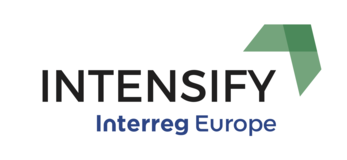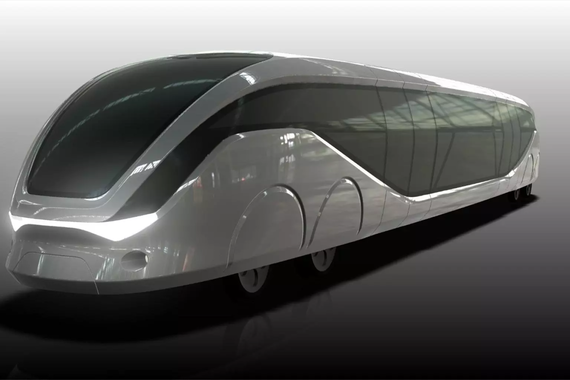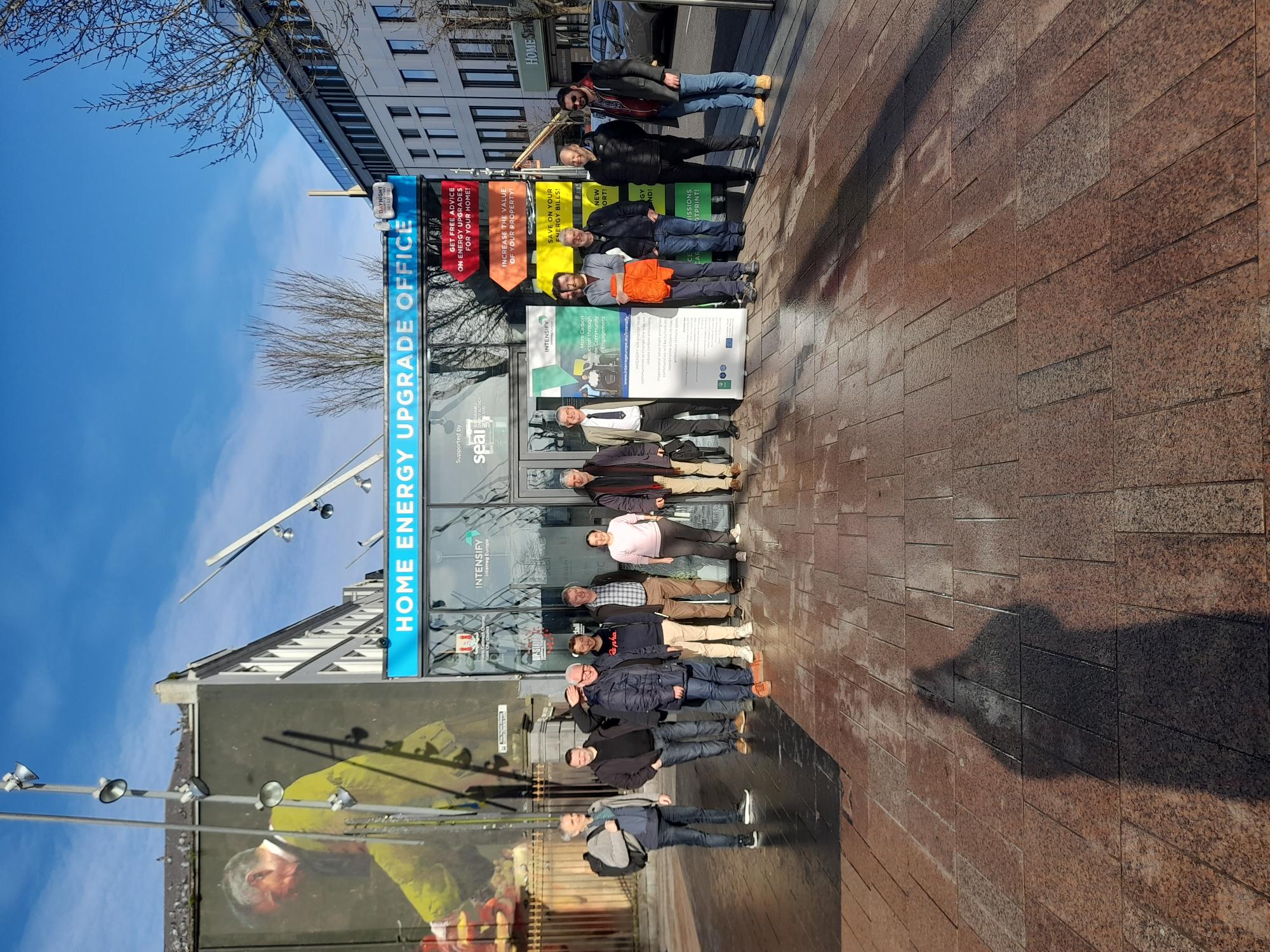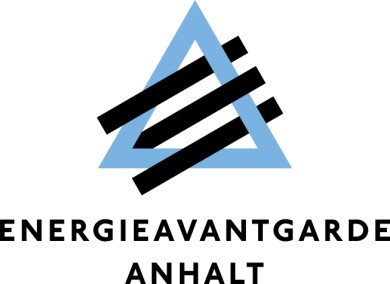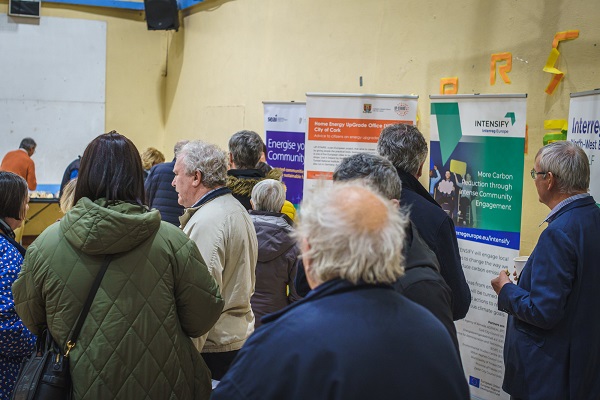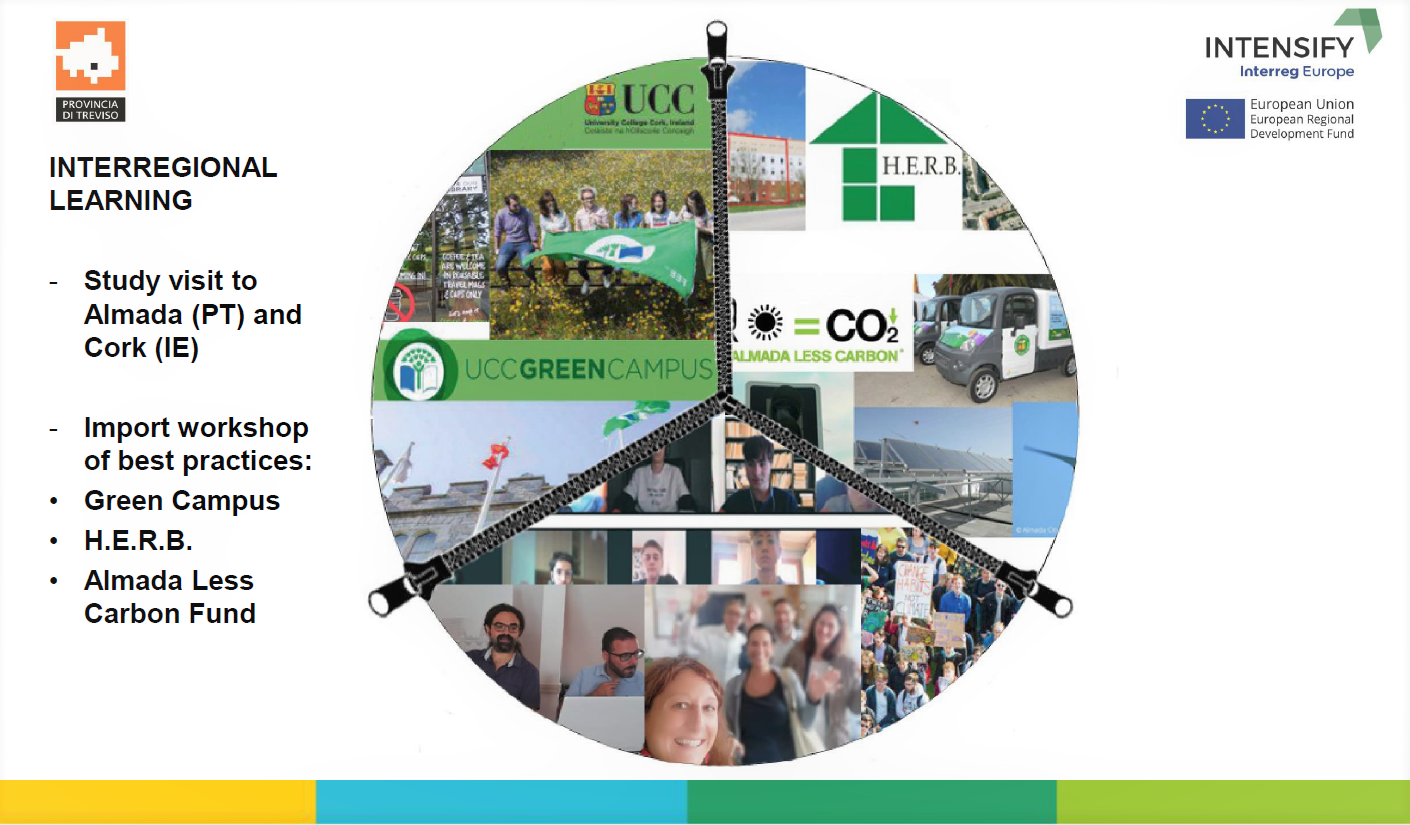Energy efficiency of buildings is one of the most important measures in the next years when cities will become carbon neutral. Building stock is using more than 40 % of all energy and producing a huge amount of carbon emissions. There are many barriers when implementing energy efficiency in buildings; the cost of implementing the measures are high, many apartments are occupied by tenants and landlords do not benefit directly, and energy efficiency is difficult to see. Sometimes the facade is only painted and people already like it more because it is cheaper than insulations.
These barriers could be overcome with continuous education and information activities starting in schools. It is quite difficult to explain and show the positive effect of insulation and better temperature profiles in insulated building.
Energap has tried to use infra-red thermographic camera to demonstrate the energy efficiency to pupils in primary and secondary schools, age 12 to 16 years. Special workshop for the pupils was developed with two aims:
1. showing them the IR thermo-camera and demonstrate what it can be used for and
2. checking the heat transfer through paper models of different insulated buildings.
1. IR thermo-camera
Thermo-camera was shown to the pupils and explain that it can detect the surface temperature of different materials and can be used for detecting peoples body temperatures and also the temperatures of the buildings. In such way we are able to see if body heat pullover and if indoor heat is going through the walls in the winter. Pupils were very interested in checking their temperatures. They all laugh and check green red pictures as we name IR camera pictures – Picture 1. They even take the cloths off and on to see the difference. They also recognized that some parts of the body are hotter than others. Two situations appeared that children still remember. First the headmaster came into the class and pupils wanted to take IR picture of him. He did and he was hotter than pupils and appeared all in red. The class was happy to see him a bit unsure what is going on. Also, the class teacher was not convinced about the use of the camera. When checking the pupils one girl came and we sow that her temperature was 39,8 °C. We asked her how had she filled. She answered to have headache, sore throat and maybe a fever. The teacher took her and checked the temperature. When she came back after a while, she had told us that a girl was sick and went home. In the break after this event all children and teachers were taking how great the camera was to detect ill person. At the end of the workshop each pupil got the red-green photos (Picture 1) of itself or a group of friends to show them to the parents and others at home. In such way the information about the camera was spread widely. Many schools in Maribor executed the same workshop and they were all very satisfied and learn a lot.
2. Heat transfer through different insulated buildings
Pupils made 3 paper models of the buildings (box with provisory roof) with different insulation – one had no insulation, second had 5 cm Styrofoam and the last one had 10 cm of stone wool. In the centre of the model the light bulb was placed (20 W). All three buildings were placed on the table one by another. In different time periods (after 5 min, 10 min and 30 min) the pupils checked with IR thermo-camera what was the temperature on the surface of the model. They were able to see big difference in the temperature. They understood that well coated walls do not transfer the heat and keep it inside what is very important in the winter or outside what is important in hot summers. The models of the buildings are presented on the Picture 2. The workshop leader explained to the pupils while they were making the paper boxes about the building’s insulation, what sort of it can be used, why one is better then another. Pupils discussed about their homes and insulations. Some of them even asked if Energap could check their homes.
Picture 1: “Red green” photo from IR thermo-camera
Picture 2: Models of the paper buildings
For more information please contact:
Energy Agency of Podravje
Institution for Sustainable Energy Use
Maribor, Slovenia
E-mail: [email protected]
